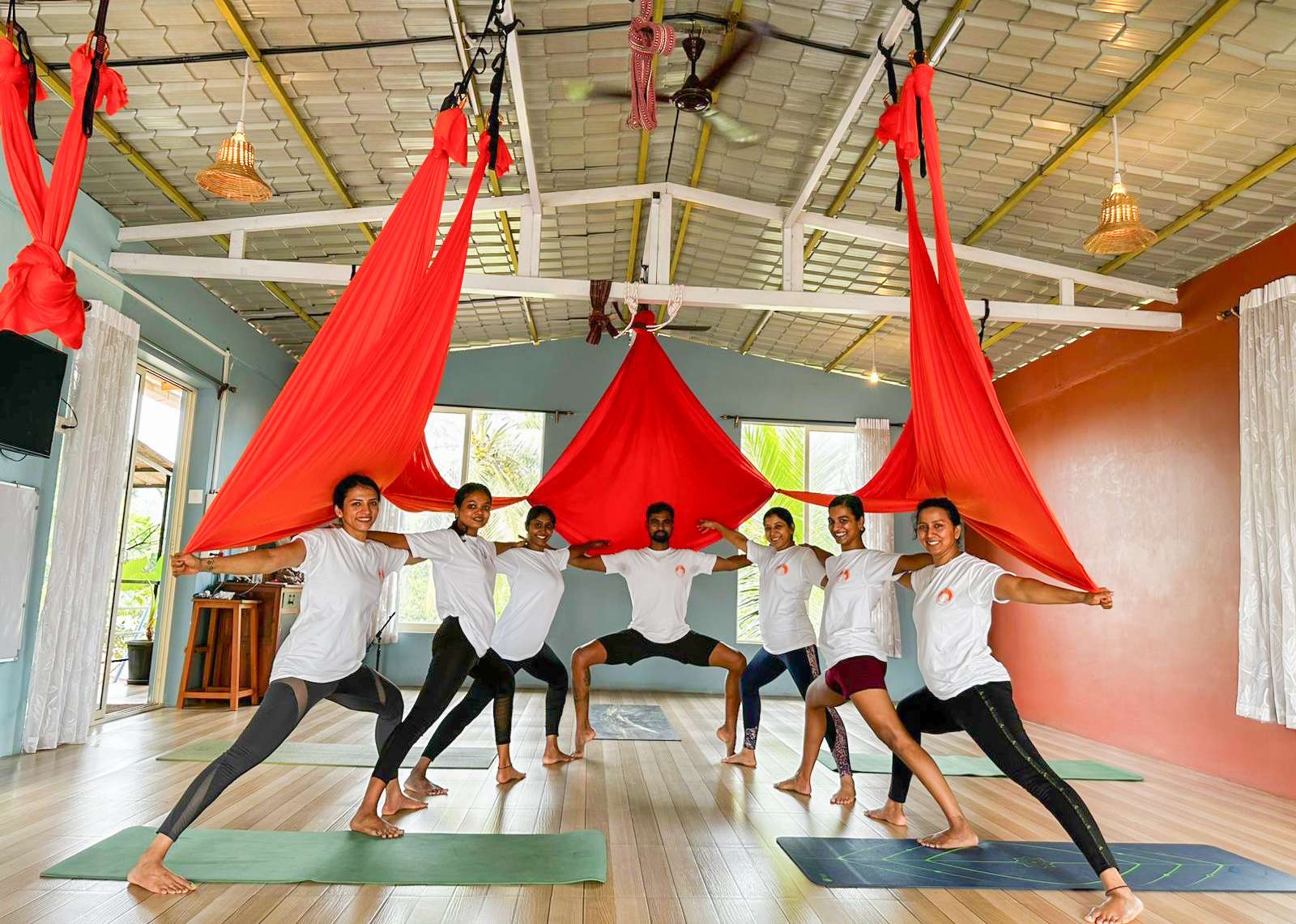Chaturanga Dandasana (Four limbed staff pose)
The name comes from the Sanskrit, “Chat ” meaning “four”, “Anga ” meaning “Limbs”,“Danda ” meaning “Staff”and “Asana”, meaning “Posture”.
Table of Contents
- Steps with breathing
- Adjustments
- Benefits
- Contra Indications
- Variations
Steps with breathing
1. Start with dandasana and slowly come in with vajrasana (heels beneath the hips) and walk your hands all the way forward until torso is parallel to the floor (also called table top position).
2. Now tuck the toes, bring the upper torso down and lift the knees off the floor.
3. In the final posture 4 limbs of the body should be in contact with the floor i.e. feet and palms. Maintain the final pose from 30 seconds to one minute.
4. Slowly bring the knees down, lift the upper torso up, release the toes and rest in shishu asana.
Adjustments
1. The feet should be placed approximately hip width apart.
2. Neither the shoulders nor the lower back should sink down.
3. Avoid lifting of the hips up.
4. Should maintain the 90degree angle between the shoulder and the elbow.
5. Core should be engaged.
Variations
1. Utthita chaturanga dandasana (extending the elbows).
Benefits
1. The pose strengthens the arms and the wrists and develop mobility and power.
2. It also contracts and tones the abdominal organs.
3. It tones and strengthened the spinal muscles.
Contraindications
1. People suffering from carpel tunnel syndrome and shoulder dislocation should avoid this asana.
2. Avoid it during menstruation cylcle.



